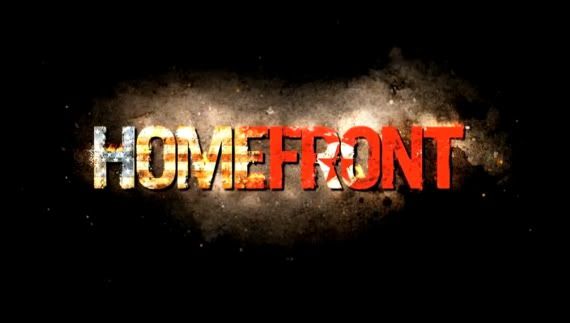Homefront’s Difficulty Level & Story
The second part of our sit-down interview with Lead Level Designer Rex Dixon from Kaos Studios on their upcoming first-person shooter, Homefront.Dakota Grabowski: When you go about creating this level, what’s your biggest level size in terms of square feet?
Rex Dixon: We have one level that’s bigger than the others because it’s a vehicle-based level so that would be probably our biggest. Most of the levels take about 35-40 minutes to play through on average.
DG: And that’s on, of course, that’s normal difficulty.
RD: Yeah.
DG: How do you scale the difficulty level? It is based on more intelligent A.I., more enemies, more accurate enemies?
RD: There’s a combination of things that we mess around with. Enemy accuracy is one, player health regeneration rate is another. One thing we don’t get into is affecting the player’s weapons at all. We don’t want to take away any skill that somebody might have with the controller in order to balance difficulty. We feel like the best model out there is Rainbow Six: Terrorist Hunt. The hard difficulty feels about what we want where you can take one hit, but that’s pretty much it. After that, you have to get to cover and regenerate your health. We have a bunch of different dials we can turn, and we selectively pick and choose which ones we want to turn and which ones feel right. Sometimes we’ll try something and it doesn’t feel right and we’ll turn it back and try something else.
DG: In terms of the levels, what cities that you can speak of are you already visiting? I know Colorado is in this one.
RD: Yeah. Pretty much the first half of the game takes place in Montrose, Colorado and then after that we move into sort of the No Man’s Land between Colorado and the West Coast. I believe some of it takes place in Nevada, some of it takes place in the lowlands west of Colorado. You’ll get to see these big, more open environments where the Koreans don’t control it so much as it’s sort of in-between space. What’s interesting about those spaces is that they’re actually controlled by civilians, but civilians that have turned into survivalist gangs and who are antagonistic towards anyone who steps on their territory because, in the world of Homefront, resources are very valuable. Food, gas, anything. Anyone who has these resources fiercely protects them. They don’t care if you’re American or Korean. If you come on their land, they’ll shoot you. We get into some spaces like that and then, in the final mission, we get to San Francisco and we join that battle.
DG: Start moving West Coast towards where Korea is actually occupied first.
RD: Yes, correct.
DG: So you’re actually going right towards battle rather than escaping it.
RD: Their motivation in this game is to just win one battle to get a foothold so that any remnants of the U.S. military can have some starting-off point to take back the country.
DG: What’s happening on the East Coast?
RD: What we know about the East Coast is only that they’ve irradiated the Mississippi with radiation so that nobody can really cross from east to west. From the characters who exist on the West Coast, in Colorado, they don’t know what’s happening in New York. In fact, nobody knows and the reason we’re sort of leaving that open is because that might be where we want to invest in our sequel. We want to leave it wide open to interpretation.
DG: And with the main character, is this the same character who’s going to show up in the book?
RD: I don’t know the answer to that. I haven’t read the brief for the book yet, unfortunately.
DG: Is the book set to release with the game?
RD: I think it comes out a little early. I couldn’t give you a direct quote, but I think it’s January-February.
Tomorrow we will reveal a two-part interview with THQ Core Games Executive Vice-President Danny Bilson on topics such as Hollywood, adapting films to video games, THQ’s latest intellectual properties and much more.
Video Trailer











